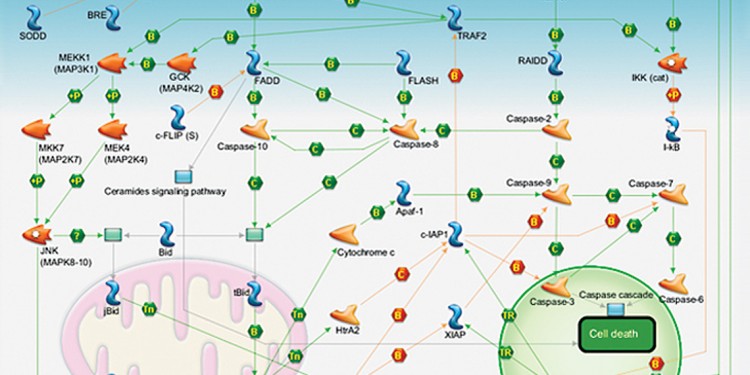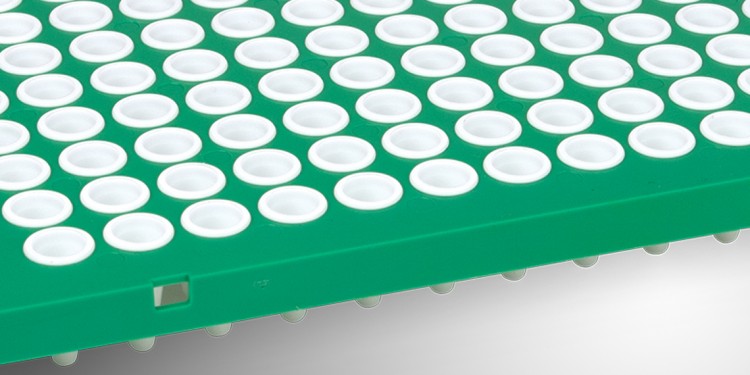
New Premium Hard-Shell Microplate for Applied Biosystems 7500 Fast and ViiA 7 Fast Real-Time PCR systems
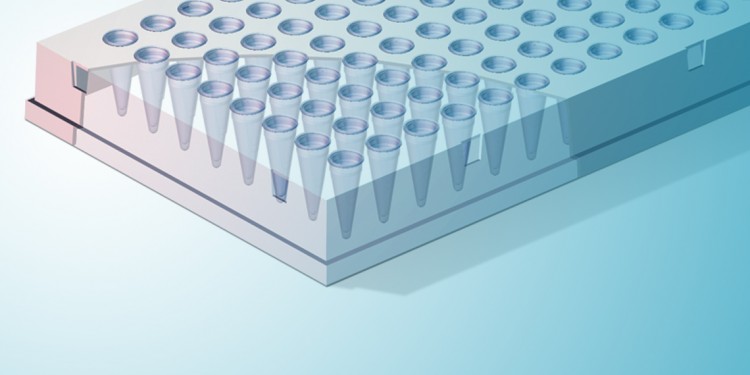
New Roche LightCycler 480 Hard-Shell® Plate That Does Not Warp During Thermal Cycling

Bio-Rad’s New S3™ Cell Sorter Automates and Simplifies Cell Sorting

New CFX96 Touch™ Deep Well Real-Time PCR Instrument Enables Large-Volume qPCR Reactions
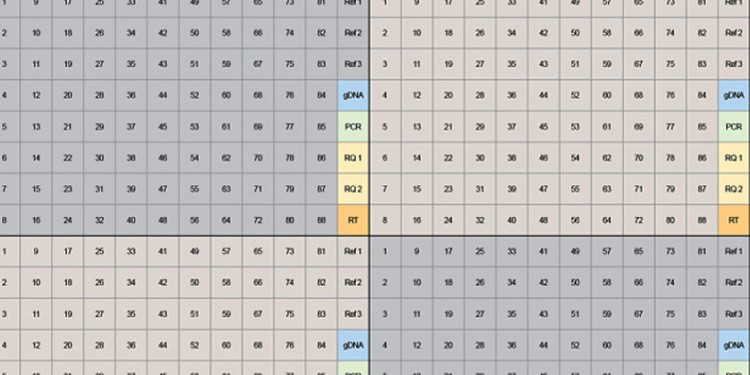
PrimePCR™ Pathway Analysis: Pathway Curation and Real-Time PCR Panel Design Strategy
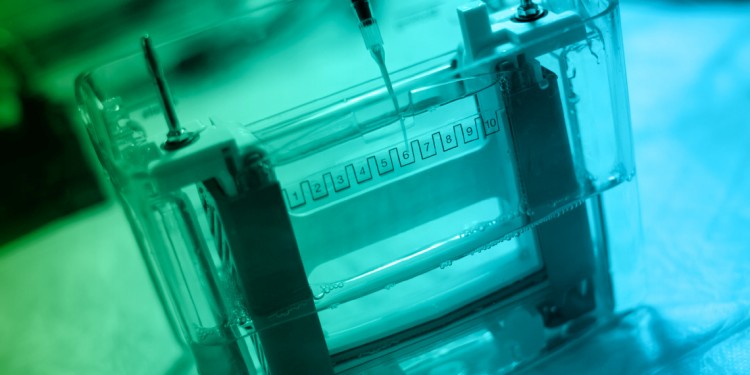
TGX Stain-Free™ Precast Gels Facilitate LDL Research on Potential New Drug Targets

New TC20™ Automated Cell Counter Facilitates Quick Counting with Precision

Expect More From Your Chemiluminescent Substrate: Introducing Clarity™ Western ECL Substrate
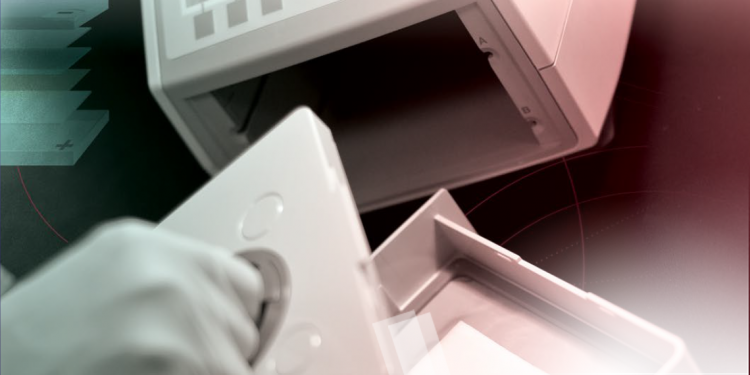
Trans-Blot® Turbo™ Ready-to-Assemble (RTA) Kit Enables Economical, Rapid, and Efficient Western Blot Transfers
